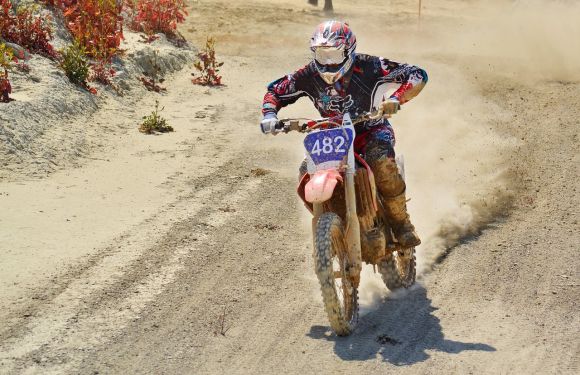Off-road riding can be an exhilarating and challenging experience for both beginners and seasoned riders alike. However, it also comes with its fair share of obstacles and difficulties. In order to fully enjoy the thrill of off-road riding, it is important to be prepared for these challenges and know how to overcome them. In this article, we will explore some of the most common off-road riding challenges and provide tips on how to conquer them.
1. Rough Terrain: Riding off-road often means encountering rough and uneven terrain, such as rocks, roots, and bumps. This can make it difficult to maintain balance and control over your bike. To overcome this challenge, it is important to maintain a proper body position and keep your weight centered over the bike. Be sure to stand up on the footpegs, allowing your legs to absorb the impact and provide stability. Additionally, maintaining a steady throttle and keeping a relaxed grip on the handlebars will help you navigate through rough terrain with confidence.
2. Steep Inclines and Descents: Riding up or down steep inclines can be intimidating, especially for beginners. When facing an uphill climb, it is crucial to maintain momentum and choose the right gear for the terrain. Standing up on the footpegs and leaning forward will help distribute your weight and provide traction to the rear wheel. When descending, it is important to keep your weight back and avoid applying too much front brake, as this can cause the bike to flip. Gradually modulate the rear brake and use engine braking to control your descent.
3. Sand and Mud: Riding through sandy or muddy terrain can be a major challenge, as it can cause your tires to lose traction and make steering difficult. To overcome this, it is important to keep your momentum and avoid abrupt changes in direction or speed. Keep a light touch on the handlebars and allow the bike to float on top of the sand or mud. Lowering your tire pressure can also help improve traction in these conditions. Additionally, standing up on the footpegs and using your body weight to shift and balance the bike will make it easier to navigate through sandy or muddy sections.
4. Water Crossings: Crossing streams or puddles can be a thrilling yet nerve-wracking experience. Before attempting a water crossing, it is important to assess the depth and current of the water. If the water is too deep or the current is strong, it is best to find an alternative route. When crossing, maintain a constant speed and avoid sudden throttle or brake inputs. Keep your feet on the footpegs to prevent them from getting caught on rocks or submerged obstacles. After crossing, be sure to dry off the brakes by applying them gently.
5. Mechanical Issues: Off-road riding can be demanding on your bike, and mechanical issues can occur. To minimize the risk of breakdowns, it is important to perform regular maintenance and inspections before each ride. Carry a basic tool kit and spare parts such as tubes and levers in case of emergencies. Familiarize yourself with basic repairs such as fixing a puncture or adjusting the chain tension. Additionally, it is always a good idea to ride with a group or let someone know about your off-road adventure in case you need assistance.
In conclusion, off-road riding comes with its fair share of challenges, but with the right techniques and preparation, they can be overcome. By mastering the art of maintaining balance and control, navigating rough terrain, conquering steep inclines and descents, and adapting to different types of surfaces, you can fully enjoy the thrill and adventure of off-road riding. Remember to always prioritize safety and be prepared for any potential mechanical issues. So gear up, embrace the challenges, and embark on your next off-road adventure with confidence!
